Today is a new day, which means a new diet trend has emerged. Right along with death and taxes, a new diet coming along is something you can hang your hat on. The Nordic diet isn’t exactly new.
At least not brand new. The concept to it has been around for a few years, and of course, its based on a general diet that has been around for thousands of years.
What exactly is a Nordic diet?
Is it worth checking out, or is it just some trend diet that doesn’t offer you any kind of extensive benefits?
Keep on reading, because we’ve got the answers for you.
The Low Down on the Nordic Diet
Let’s get one thing out of the way first. The Nordic diet has nothing to do with NordicTrack.
It’s not some diet pushed by the workout equipment company (although for marketing purposes, you’d think NordicTrack would want to jump on board with it, that’s a different conversation for a different time).
No, instead, the Nordic diet is based on food locally grown in Nordic countries. Nordic countries include Norway, Sweeden, Denmark, Finland, Iceland, Greenland (which is technically an autonomous constituent country part of Denmark, in addition to the Faroe Islands).
Now, it is important to note that while the diet is based on food grown in the region, it isn’t exactly what the typical Nordic individual would eat on a daily basis (and don’t call it a Scandinavian diet, as not all Nordic countries are part of Scandinavia). Instead, the diet is based on seasonally grown, organic foods based out of the region.
Think of it like the Mediterranean diet, where everything is based on food grown and produced in the region, just in a region to the northwest.
Foods Found in the Nordic Diet
Due to the cooler, mild weather throughout the year and the cold waters around the Nordic countries, food grown, produced and caught here is a bit different than what you might find in other regions of the world.
You do not have as many tall growing vegetation, and cattle are not as commonly used. Instead, most meats come from fatty fish.
Whole grains are a staple in the Nordic diet. These grains include oats, rye, and barley. A variety of berries is another common element to the diet, as are root and closer to the ground vegetables such as carrots, cabbage, and potatoes.
As stated above, you will not consume much in way of pork or beef. Instead, the protein comes from fish like herring, mackerel, and salmon. These fish come with high levels of Omega-3 fatty acids and are typically considered “fatty” in general. This is because the extra layer of fat within the fish is needed for the cold, near Arctic waters.
As you can see, if you’re a big fan of beef or pork chops, this is not the diet for you. In general, it is considered closer to a plant based diet than anything else.
If you’re not a seafood fan(pescetarian diet) you better learn to be one, because this is where the majority of your protein will come from (you can always supplement it with protein drinks, although that would be considered an add-on to the diet and not part of the traditional Nordic diet plan) (Harvard Health Publications, 2015).
Going Green With Your Diet
People love to rail against SUVs and large vehicles for a number of greenhouse gases the transportation option produces.
No matter what side you fall on when it comes to this, livestock produces far more in terms of greenhouse gases than all the vehicles in the world. According to the UN, cattle produce significantly more greenhouse gases (measured in CO2) than all forms of transportation (United Nations New Centre, 2006).
Due to this, the fewer cattle ranches, the fewer CO2 emissions produced. By going with the Nordic diet, which by and large avoids cattle and other red meats, you would effectively cut down on your own carbon footprint.
So, at least you can give yourself a pat on the back for that as well (all while enjoying your original, two-lane wide Hummer).
So Is All My Nordic Diet Protein Fish Based?
If you’re looking to put on muscle size, you’re going to need to add protein powder to your diet.
That is true with nearly every single diet out there, outside of perhaps than Atkins diet (although eating giant slabs of steak probably is not the best long term for you to begin with).
With regards to the Nordic diet, yes, the vast majority of your protein will likely come from seafood, legumes, and other beans. It is by far a lean protein kind of diet.
However, there are other protein options tucked into the Nordic diet plan.
Wild game is one option. This isn’t the steroid injected chickens with drumsticks the size of your head game, but it is typically a bird of some kind. The size will be more along the line of a Cornish game hen. If you’ve ever eaten a wild turkey (no, not the liquor), you’ll notice a distinctive flavor when compared to a traditional Thanksgiving turkey.
It is leaner with less fat. After all, it has eaten mostly berries and ground vegetation and proteins instead of being force fed GMO feed to plump the bird up for a holiday meal. This is a major protein option though, as is organic, farm fresh cage free eggs. Some cheese is an option, although the heavily processed cheese common in the United States is not what you want (the Nordic cheese is not pasteurized).
You will also find protein in, hold your breath, ants. Ants is an aspect of the diet (think of it as a way to give your salad some extra crunch). You don’t need to add ants if it freaks you out, although in reality, don’t knock it until you’ve tried it.
You may discover ants to be a delicious addition to your meals.
So, Wait, No Beef or Pork at all?
If you’re already hyperventilating, breathing out of a paper sack due to the idea of giving up beef, you’ll be fine.
This isn’t a no beef at all kind of diet. Grass fed lean beef, lamb and pork are options, although it should be consumed sparingly.
Of course, the bigger problem you’ll run into is actually locating wild game beef, elk, pork, and lamb. Most big-chain grocery stores will not have this, which means you’ll have to go to a specialty store. And, you guessed it, be prepared to pay through the teeth for some of these grass fed game animals (US News, 2017).
Ka-Ching Ka-Ching
Protein in this diet can be a bit on the pricey side. There is a reason why most diet books and recipes don’t even include elk or grass fed game beef. It simply is too expensive.
Perhaps you can pick it up for a once-a-week, or once-a-month kind of thing, but in general, this adds up quickly. You’ll pay more for seafood as well because you should never purchase farm raised seafood (especially fish). Instead, go with wild caught salmon and other seafood.
So why should you never buy farm raised fish?
We’ll give you one example, and it will likely scare you straight (into wild caught fish). This method is not used in all fish “farms,” but it is more common than you might think.
Chicken are kept alive on a grating floor.
You’ve probably seen documentaries of the terrible living conditions for these birds, where they are force feed steroid injected foods to the point where their legs can’t hold up their own weight. Picture this kind of a facility, but underneath, there are large tanks of “farm” fish. The fish are not directly fed fish food. Instead, the fish eat the chicken’s droppings, which still contains some non-digested growth steroids, in addition to being, well, poop.
So if you’re buying farm raised fish, there is a chance you’re eating a fish that grew to its current size off of bird droppings (The Egyptian Journal of Aquatic Research, 12015).
Daily Nordic Diet Menu Example
Alright, now that we’ve covered a bit of fish poop and why you should always go fresh caught, let’s look a bit at what to expect from your daily Nordic diet menu.
Starting off the day, you’ll eat a whole grain barley or oatmeal. This is not your quick version though. It needs to be actual oats. You’ll mix it with berries and can use organic milk if you’d like.
For a lunch, you’d eat something such as whole wheat bread with roasted new potatoes. A salad made up of seaweed, kale or another green plant can be combined with organic, non pasteurized cheese, sunflower seeds, carrots, beets and other root plants.
As for dinner, a common meal with being wild caught white fish or salmon. Eat this with a slice of rye bread, seasoned turnips, asparagus or another green vegetable. When cooking, you’ll use a canola oil. It is important to use canola oil as this is a major part of the diet (similar to how olive oil is a major part of the Mediterranean diet).
If you’re interested in a snack, throughout the day you can eat dark rye crackers, cheese, and berries. If you can, try to head out to your specialty food store and look for some more unique berries.
Sure, you can find blackberries and blueberries anywhere, but there are some more unique, Nordic berries available as well (basically try it out if it has “berries” attached to it, unless it is the cereal Crunch Berries) (Prevention, 2014).
Health Benefits of The Nordic Diet
You’ll find this is a great diet if you’re struggling with weight and have high blood pressure.
Due to the lean protein makeup of the diet, you’ll see a drop off in weight. In fact, in a recent study, 147 obese men and women went on the diet and dropped, on average 10.4 pounds. This was not a calorie restricted diet either. They could eat what they wanted, when they wanted, as long as they followed the Nordic diet accepted foods.
The diet cuts out most salts, sugars and processed foods, which is what makes it good for lowering your blood pressure. During a six month study, those on the Nordic diet dropped their diastolic blood pressure by 5.1 points.
In terms of other health benefits, the diet is still on the newer side of the spectrum, so extensive research is not yet available, but it’s hard to not like the drop in blood pressure and weight (Health Line, 2015).
So Who Should Try Out the Diet?
Really, if you’re curious about the diet, give it a try. It isn’t one of those “I can only drink lemon water and peppers for a week” kind of diet.
There are plenty of food options, it isn’t calorie restrictive and it may open you up to new tastes and recipes that can excite your palette. In terms of health wise, if you are overweight or have high blood pressure, you should consider this diet as well.
It is also a good diet if you’re looking at ways to go green and want to cut out your carbon footprint in what you eat.
You will spend a bit more on this diet just because the non pasteurized food is harder to come by, wild caught fish is more expensive, and the game meat options are pricey and not available in all stores. As long as you are alright in paying a bit more for the diet, check it out and give it a try.
Conclusion
The Nordic diet is something you could potentially stick with for a long time.
It doesn’t squeeze out certain food groups (outside of processed foods) and it doesn’t restrict calories. If you’re a fan of seafood and rye bread, this is probably already up your alley.
So yes, it can and does work and makes for some interesting dietary options.
If you’re curious, check it out!
-Terry Asher
Terry Asher
Latest posts by Terry Asher (see all)
- Better Family – Product Review Liquid Daily 2 oz - Dec 16, 2024
- Post-Workout Recovery: The Key to Optimal Performance - Nov 25, 2024
- Pre-Workout Supplements – Everything You Need To Know - Nov 18, 2024

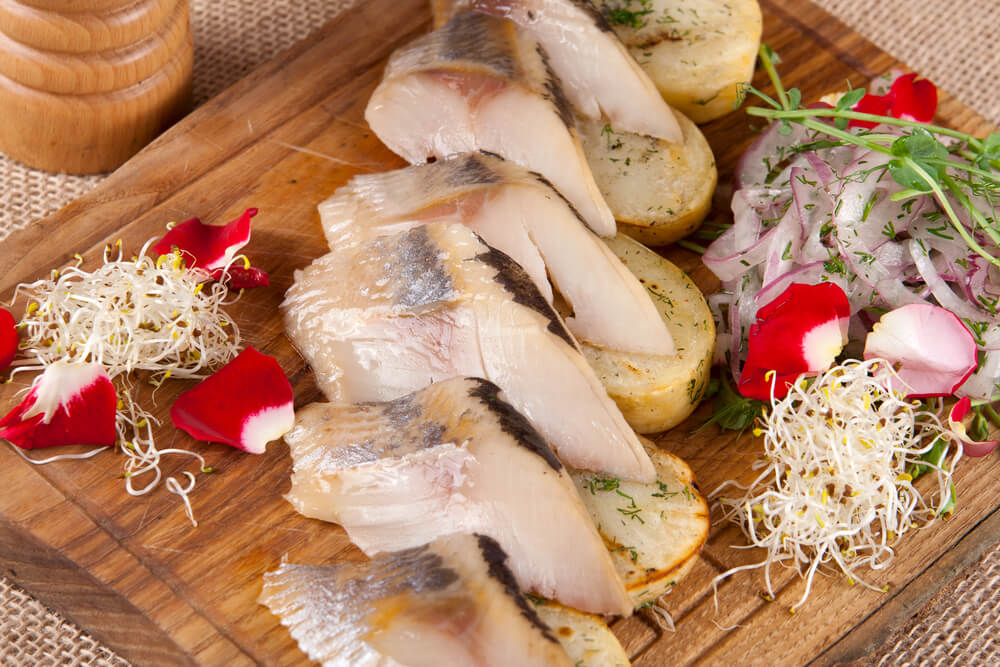
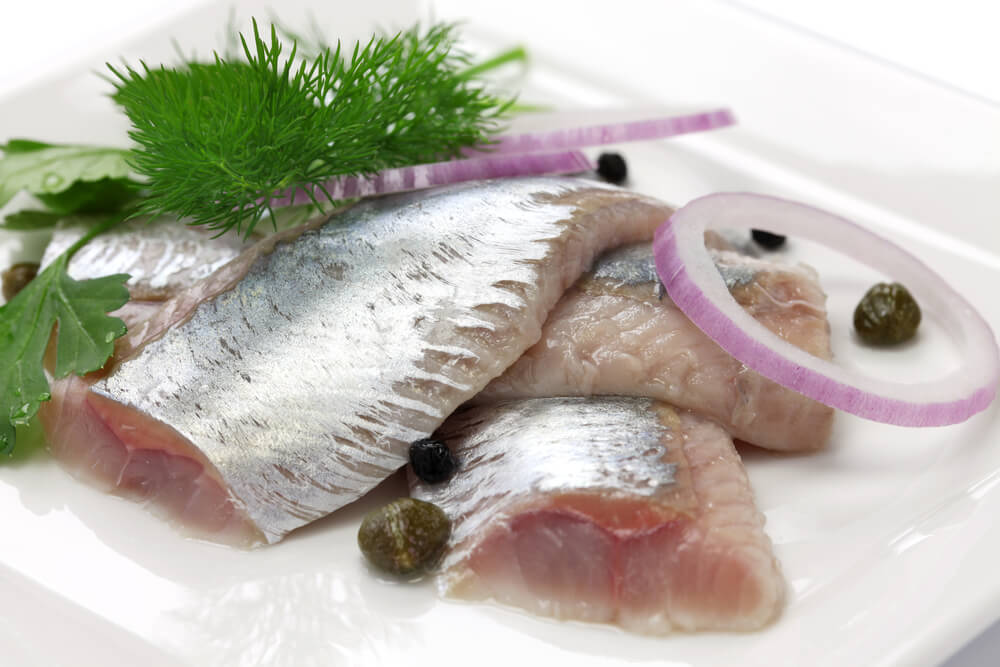
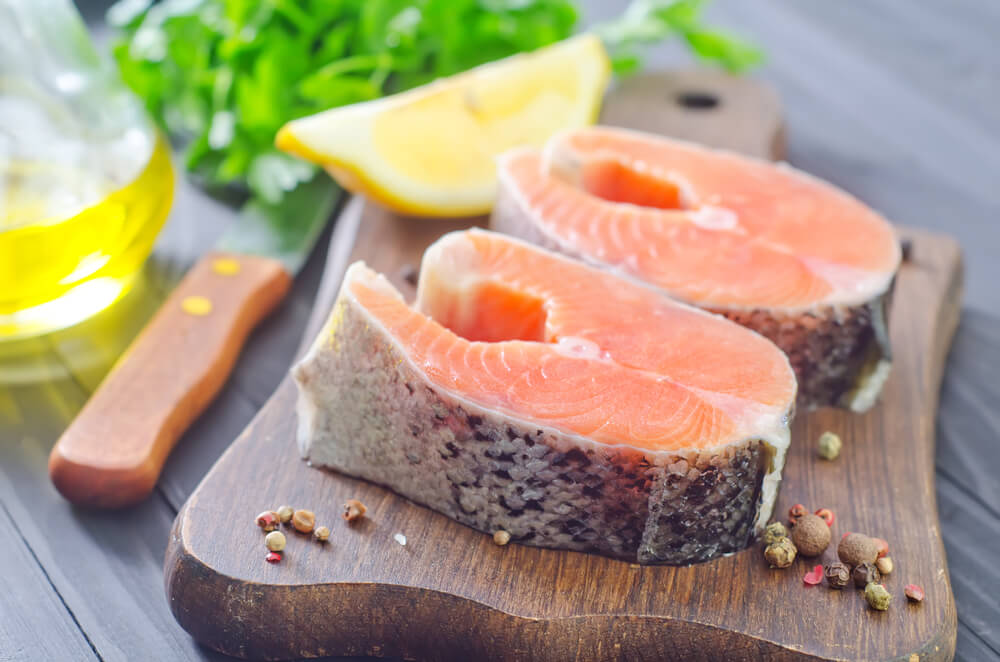
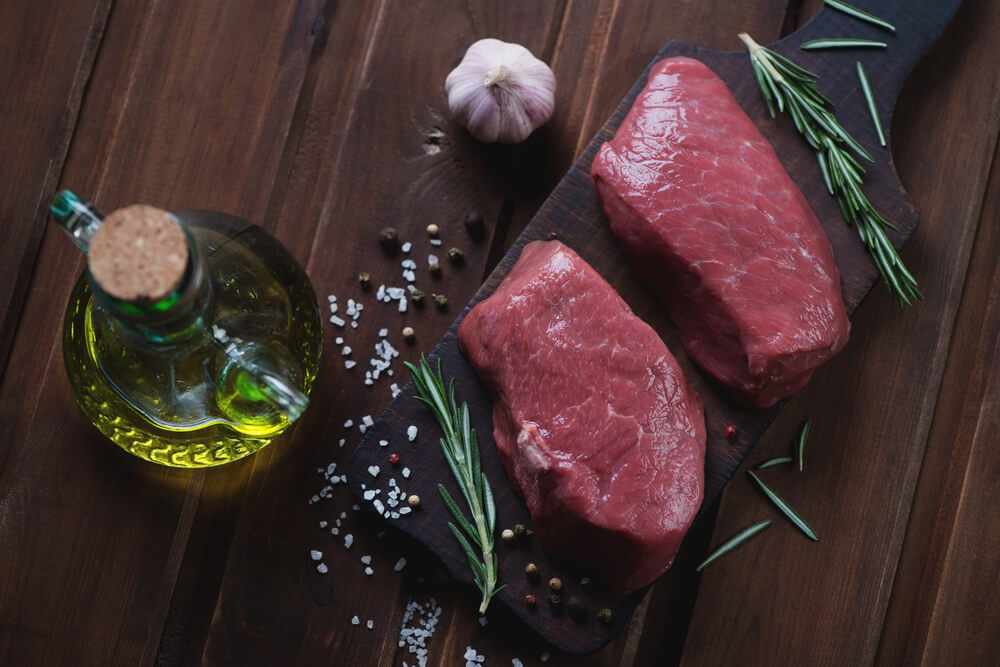
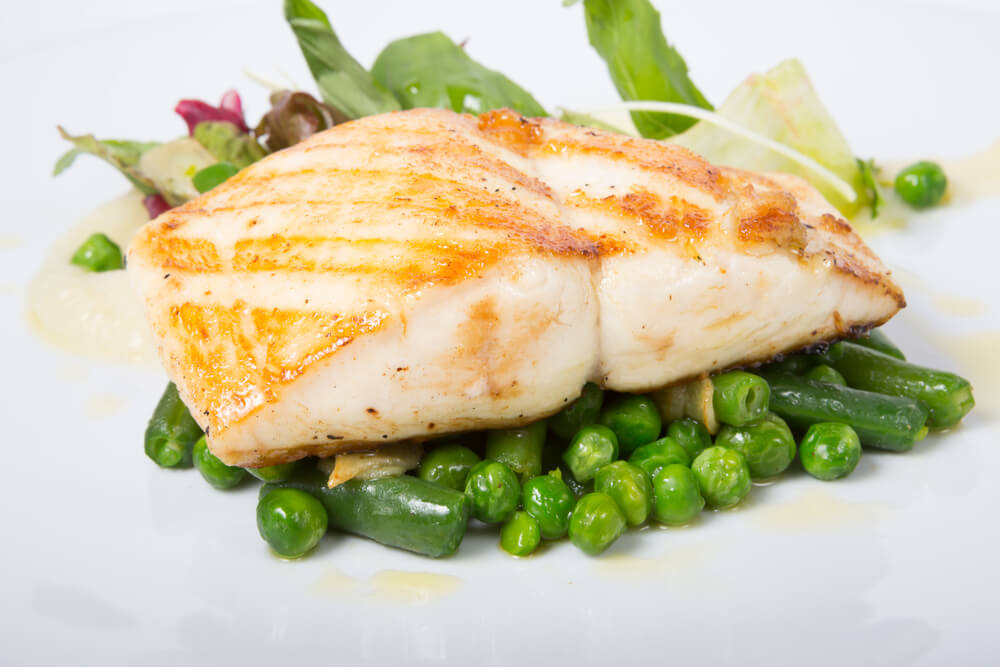










[…] entire food groups (like carbs, grains, fats, or anything like that) you might want to consider the Mediterranean Diet. The Nordic Diet is another great option that doesn’t get as much press (probably because […]
[…] entire food groups (like carbs, grains, fats, or anything like that) you might want to consider the Mediterranean Diet. The Nordic Diet is another great option that doesn’t get as much press (probably because […]